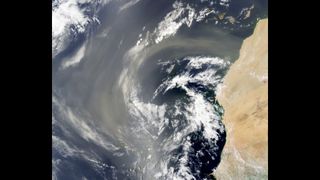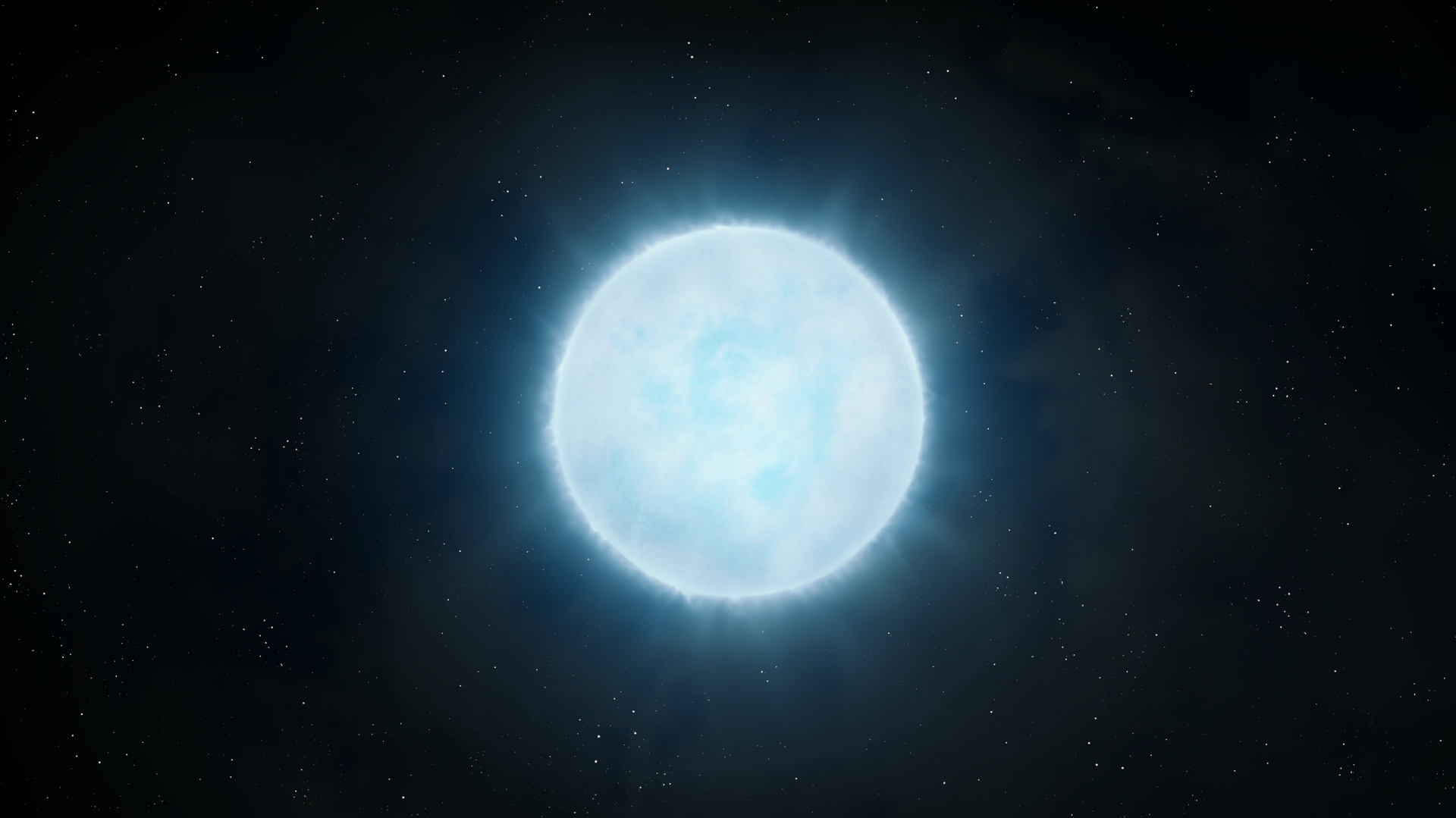Space.com contributing writer Stefanie Waldek is a self-taught space nerd and aviation geek who is passionate about all things spaceflight and astronomy. With a background in travel and design journalism, as well as a Bachelor of Arts degree from New York University, she specializes in the budding space tourism industry and Earth-based astrotourism. In her free time, you can find her watching rocket launches or looking up at the stars, wondering what is out there. Learn more about her work at www.stefaniewaldek.com.
Latest articles by Stefanie Waldek
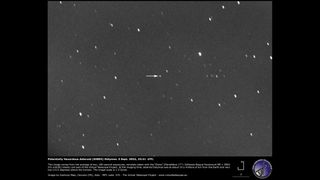
NASA will crash a spacecraft into an asteroid on Sept. 26 and you can watch it through telescopes online for free
By Stefanie Waldek last updated
The Virtual Telescope Project will attempt to show DART's impact through its network of ground-based telescopes.

Alien worlds could be discovered by hunting for debris orbiting them
By Stefanie Waldek last updated
You have to look for the clues that the protoplanet exists, not for the protoplanet itself.
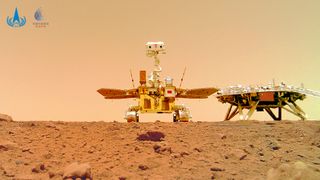
China Mars mission data offers evidence for ancient ocean
By Stefanie Waldek published
Evidence collected by the Tianwen 1 orbiter and Zhurong rover supports the possible existence of an ancient ocean in the Utopia Planitia region of Mars.

Astronauts could use Mars soil for 3D-printing on the Red Planet
By Stefanie Waldek published
Making things for Mars astronauts on-planet would be a boon for future human missions.
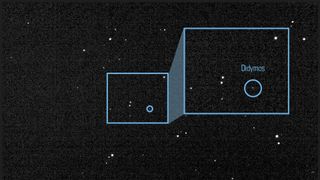
NASA's asteroid-slamming DART spacecraft catches 1st look at target (photo)
By Stefanie Waldek published
Using its DRACO camera, DART has imaged the asteroid Didymos and its moonlet Dimorphos.

NASA spacecraft hopes to catch a solar flare as it zips past the sun
By Stefanie Waldek published
This is the spacecraft's 13th close approach to the sun, but its first in a new era of solar activity.
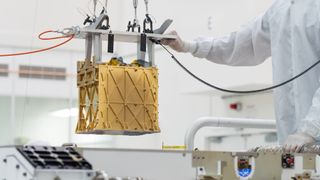
NASA's Perseverance Mars rover has made oxygen 7 times in exploration milestone
By Stefanie Waldek published
Think of the MOXIE instrument as a small tree, breathing carbon dioxide in and oxygen out.

Asteroid hunters worry megaconstellations might interfere with planetary defense
By Stefanie Waldek published
A recent survey of planetary defense experts reveals concern about the growing number of artificial satellites in low Earth orbit.

Why we're always so entranced by the moon
By Stefanie Waldek last updated
For practically all of human existence, we've been fascinated by our closest celestial neighbor, incorporating it into myth, fantasy and scientific research.
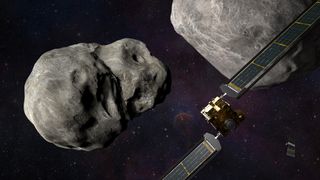
NASA's asteroid-deflecting test mission is just 1 month away from impact
By Stefanie Waldek published
A robotic spacecraft will crash into the asteroid Dimorphos in an attempt to alter its trajectory.

NASA really wants to probe Uranus and could start planning next year
By Stefanie Waldek published
Dr. Lori Glaze of NASA's Planetary Science Division offered updates about the potential mission at a virtual town hall.

No, NASA's massive Saturn V rocket didn't melt concrete with sound or set fires a mile away
By Stefanie Waldek published
Researchers used computer models to estimate the rocket's acoustic levels, determining they were not high enough to cause such damage.
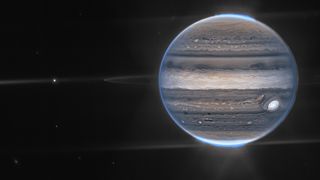
Jupiter's auroras look radiant in new James Webb Space Telescope images
By Stefanie Waldek published
Impressive infrared images of Jupiter's auroras were processed by citizen scientist Judy Schmidt.
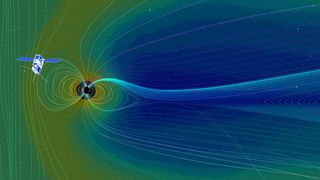
Artemis 1 will carry a space weather cubesat to study solar wind
By Stefanie Waldek published
Scientists hope CuSP will pave the way for a network of weather stations in interplanetary space.

Photobombing exoplanets might thwart search for extraterrestrial life
By Stefanie Waldek published
Exoplanet images might be contaminated by the light from their neighbors, a new study suggests, but scientists are learning how to remove the effects of these photobombers.
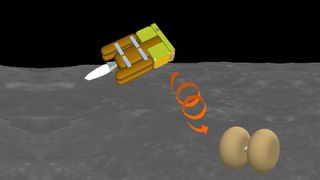
Artemis 1 will carry tiny Japanese lunar lander to the moon
By Stefanie Waldek published
The OMOTENASHI mission is the only secondary payload on Artemis 1 that will have a controlled landing on the surface of the moon.
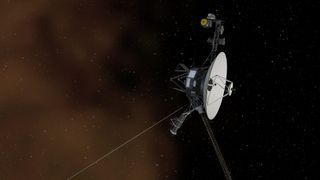
NASA's twin Voyager probes are nearly 45 — and facing some hard decisions
By Stefanie Waldek last updated
Voyager 1 and Voyager 2 continue their slow journeys deep into interstellar space.
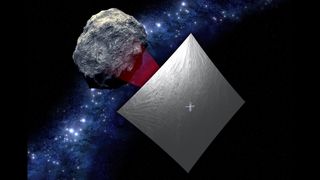
NASA's Artemis 1 mission will carry an asteroid-bound solar sail
By Stefanie Waldek published
NASA's coming megarocket launch isn't just going to the moon, it's going far beyond that — some of its secondary payloads far, far beyond.
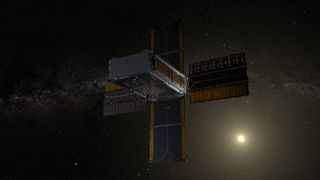
NASA's Artemis 1 moon mission will carry the world's 1st deep-space biology experiment
By Stefanie Waldek published
Scientists will study the effects of radiation on yeast in preparation for long-duration crewed missions to deep space.
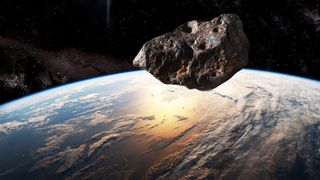
Meteorites that reach the Earth fall from asteroid butts
By Stefanie Waldek published
Scientists studied the trajectory and debris field of asteroid 2008 TC3 to determine which specific parts of the space rock made it down to the Earth's surface.
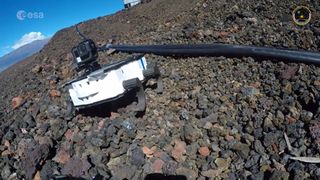
This tiny moon rover has a leg up on traditional spacecraft designs
By Stefanie Waldek published
Students at the Delft University of Technology (TU Delft) in the Netherlands are developing the world's smallest and lightest moon rover, called Lunar Zebro.
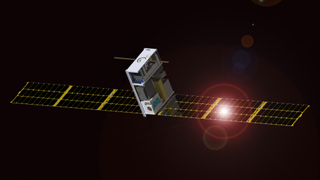
NASA's Artemis 1 moon mission will carry 2 water-seeking cubesats
By Stefanie Waldek published
The Lunar IceCube and Lunar Polar Hydrogen Mapper (LunaH-Map) missions will search the moon for water using two different techniques.

Watch a NASA moon rover complete a lunar obstacle course (video)
By Stefanie Waldek published
A prototype of the lunar rover demonstrated its capabilities in navigating the moon's challenging terrain.
Breaking space news, the latest updates on rocket launches, skywatching events and more!

